
Keeping corals and other reef dwelling animals reaches beyond the simple passion for colorful fish and invertebrates since the ancient times of reefkeeping when people first started having success with their reef aquariums. World of science quickly followed and begun to notice the importance of hobbyists’ and diving communities knowledge of coral reefs . Few decades later, this ongoing romance with science still holds up, more scientists work closely and share knowledge with amateur reefkeepers and diving clubs around the globe than ever before. We read about successful marine fish breeding attempts, species discoveries as well as new methods of identification and remedies for problems coral reefs all around the world face in the 21st century Just recently, at last MACNA conference in Dallas, TX, a keynote speaker and well-known ocean activist Jean-Michel Cousteau pointed out our importance in efforts to save the ocean, calling aquarists advocates for the well-being of the seas that gave life to this planet. Many of us are trying to learn as much as we can about the animals we keep in captivity and their role in reef communities, making this hobby something more than passion for saltwater animals.
With this lengthy introduction, I would like to present to you an interesting product and subject of this review, Coral Finder Indo Pacific written by Russell Kelley, Program Director at the Coral Identification Capacity Building Program and published by www.byoguides.com. The physical items Coral Finder includes are: an underwater coral identification guide and accompanying it DVD disc, although this package proves to be much more than that, which I will explain in the rest of this product review. Read on…
 We all are fascinated by the fantastic world of reef-dwelling animals, trying to replicate their natural environment in our homes. Large percentage of saltwater hobbyists keep reef-building corals in their aquarias, some with great success, as we see in tank threads showing beautiful displays where hard corals and fish thrive. The list of captive-propagated hard corals is growing constantly, thanks to improvements in filtering methods, light sources, supplementation of minor and trace elements and higher quality salt mixes. However, there is a downside to those achievements- with more new hard coral color morphs , especially SPS (small polyp stony corals), showing on the market, dealers and hobbyists tend to use their fancy names, completely forgetting the scientific, Latin name of the species they obtain. I believe that researching and learning about corals is an important part of the hobby that improves our understanding of the basic needs sessile invertebrates demand. In addition to that, when we know what coral species is growing in our reef tank, we can compare it to colonies growing on the reef to further meet it’s requirements.
We all are fascinated by the fantastic world of reef-dwelling animals, trying to replicate their natural environment in our homes. Large percentage of saltwater hobbyists keep reef-building corals in their aquarias, some with great success, as we see in tank threads showing beautiful displays where hard corals and fish thrive. The list of captive-propagated hard corals is growing constantly, thanks to improvements in filtering methods, light sources, supplementation of minor and trace elements and higher quality salt mixes. However, there is a downside to those achievements- with more new hard coral color morphs , especially SPS (small polyp stony corals), showing on the market, dealers and hobbyists tend to use their fancy names, completely forgetting the scientific, Latin name of the species they obtain. I believe that researching and learning about corals is an important part of the hobby that improves our understanding of the basic needs sessile invertebrates demand. In addition to that, when we know what coral species is growing in our reef tank, we can compare it to colonies growing on the reef to further meet it’s requirements.
I do a lot of coral and fish photography as an addition to my saltwater hobby and I always try to describe the species I’m photographing by it’s scientific name. This way it is easier fir other reefers to find and identify a coral I posted pictures of. However, the process becomes harder when I photograph species I’ve never kept myself or/and have no knowledge about. There are many resources that help identify corals, both online and in printed format, but they all follow the same, biological classification (kingdom-phylum-class-order-family-genus-species).Don’t get me wrong, there is nothing wrong with that, this id routine is internationally accepted way of classification and has been used with great success for a long time.The thing is, we humans are visual animals and in situations where we are not sure which group the coral we’re looking at belongs to , the task of identification becomes much harder to achieve. Russell Kelley, author of Coral Finder, came with a solution to this problem, creating a reef building corals classification scheme that’s based on visual characteristics of individual polyps and colonies. Let’s take a look a closer look at coral Finder and see what it has to offer…
Coral Finder consist of three separate ” modules” that, when combined, create a powerful identification tool for divers, aquarists and other people fascinated by coral reefs.
Each part is designed to help identify and provide information about coral species of the Indo-Pacific oceans and each deserves separate review.
1. Coral finder Indo Pacific identification guide
The main part of Russell Kelley product and undoubtedly it’s highest selling point is a guide book printed with saltwater resistant inks on a high quality, flexible plastic. Targeted mainly for divers and snorkelers, this reference guide can be taken underwater without the risk of destroying it’s content by the corrosive properties of saltwater. It is slightly positive buoyant ,meaning it will float slowly to the surface when lost underwater. Attaching a 8mmx80mm stainless still spring hook that weights around 65g (available as an option) makes it negatively buoyant, which helps a lot in handling it when diving. Also available as an option (or in a kit with the book) are acrylic magnifier made to inspect corals closely as well as inexpensive pencils to write on the last page of guide.
Coral Finder is protected against scratches with a transparent cover and a thicker, white plastic back cover that doubles as an underwater notebook (you can write on it using regular pencil with plastic shell). Being a diver myself, I find that ingenious to be able to take notes about corals I’m comparing to the guide on the cover of it.
The first page, called “Key page” by the author, works as an universal shortcut to the rest of Coral Finder and clearly shows coral classification solution developed by mister Kelley.
Instead of biological classification religiously followed by other authors (in which Coral polyp belongs to kingdom Animals, phylum Cnidaria, class Anthozoa, etc…), Coral Finder segregation is based on visual clues and characteristics of reef-building corals of the Indo-Pacific oceans. There are 67 genera of stony corals featured on 29 pages and divided to 8 groups according to colony shape, form, texture and life habit (the way coral grows and lives on the reef). We have:
-branching/tabling corals, such as very popular in reef-keeping hobby Acropora genus
-corals with meandering ridges&valleys, such as Platygra species
-corals forming massive or thick colonies, like widely available in the hobby Favia Spp. varieties
-corals growing into thin plates&crusts, montipora being a great example
-coral polyps that don’t form colonies but are solitary in nature (Scolymia, Fungia)
-corals that expand their feeding tentacles at daytime (Goniopora, Euphyllia species)
-corals forming Column shaped colonies in the wild (some Pavona and Goniopora species)
-non-scleractinian stony corals (false stony corals) such as Organ Pipe Coral, Distichopora (lace coral) or Millepora (fire coral, not to be confused with Acropora millepora that I admire so much:))
First five groups are further divided to make the identification process even easier, the branching/plates group for example have two sub-groups, those with with axial corallite (a single polyp at the tip of the branch) and those lacking it (most acros grow with axial corallite, while stylophora species don’t have this feature).
Key page works as an index and visual shortcut to identify coral species. Each of the 8 groups of coral genera is color-coded with matching tabs at the edge (see picture). This way of identyfing corals proves to be fast an accurate. Let’s say you have a coral such as the one on the picture I took recently-
it is a branching coral so the first group, colored in green is where you start looking. The branching/plates group has two sub-categories: with axial corallite and without. This one doesn’t have an axial corallite on it’s branches so we look into the second sub-category, which in turn is divided to corallites (the skeleton cup that surrounds the polyp) that are less than 2mm, more than 2mm and ones that are irregular/angular. It’s quite easy to see with a naked eye that this specimen has round-shaped corallites that are more than 2mm in diameter, so here you go, pages 2&3! The pointy branches are feature of the Seriatopora caliendrum, as written in the characteristics. Bingo!
The process of finding the right page is fast and very easy to learn. In case you aren’t sure about the corallite size, there is a helpful scale in milimeters printed at the top of the Key page.
Turning the key page reveals two introductonary pages, one with basic info about Coral Finder toolkit and how to use it and the other one with fundamental knowledge about stony corals build elements, the difference between corallite walls in various species and other facts needed to succesfully describe coral species we examine.
Next page is a standard A-Z Genus index, followed by the first group of corals. This is where the book really shines- each of the 67 species presented in the book follows the same, visual reference that help identify corals.
Each coral genera is featured using four high-quality photographs:
-a photo of the colony on the reef
-a view of single branch or group of polyps
-a close-up clearly showing individual polyps
-a black-white, 1x magnification of a coral skeleton; this life-size reference photograph is very useful for final step in the ID process
Followed by those 4 photographs are physical characteristics of a given coral, such as the shape colonies form in the wild (tables, plates, pillars, columns), color varieties, texture of living tissue etc
Browsing through Coral Finder pages I found many species readily present in home aquarias, such as Lobophyllia, Acropora, Fungia and others, as well as corals that are less seen in trade, like beautiful Merulina, Oxypora or Pectinia.
From what I’ve seen looking at all described species in Coral Finder, it covers most if not all hard coral generas from the tropical Indian and Pacific oceans that we keep in captivity.
2.Coral Finder Toolkit DVD
Included with Coral Finder Toolkit is another great source of information- a DVD disc with series of 6 training videos and two revision movies that teach and test your coral identification skills. The DVD is meant to be used where there’s no internet connection and/or as a visual tool in learning classes.
First two of the six training videos explain how to use Coral Finder toolkit and are really helpful to understand the identifying process while video no#3 works as a beginner guide to the world of reef-building corals. Mr Kelley explains how a coral and corallite are build, how to „read” coral to quickly identify the species using Coral Finder, what types of corallite walls we encounter and how to tell the difference between them. Remaining three parts focus on, respectively: branching corals, meandring corals and species that form massive colonies on the reef. All six videos are interesting and informative without being boring and as a bonus we are pleased with video footage from beautiful reefs of the Indo-Pacific. You have to see that Euphyllia ancora (Hammer coral) colony in fifth part of the series, it’s stunning!
3.
CORALHUB.INFO
Third part of the Coral Finder Toolkit, www.coralhub.info is a true coral reefs enthusiast compendium filled with useful information. As I mentioned before, you can watch all training and revision videos for free by visiting Learning Center. In this section of coralhub.info you’ll find self-testing resources (a series of images that you can download and try to identify using Coral Finder Guide), articles on coral ecology and other resources aimed to deepen your knowledge about coral reefs. Another important sub-page is the so-called Termigator, where you can find complete terminology with detailed explanation of words associated with coral biology.
Summary
I will be straightforward with this one- Coral Finder Toolkit is one of the coolest things I have pleasure reviewing so far and it doubles as a fantastic learning tool for all coral reef lovers. The underwater Coral Finder Kit is a great value considering the amount of additional data you get for the price of the book. The guide itself is made of a high quality materials with great design and photography, while both the website coralhub.com and the included DVD are complete with massive amount of information. I enjoyed browsing through my own photographs and finding corals I had trouble identyfing with the help of Coral Finder and I can’t think of a better gift for a reefkeeper or/and diver friend than this amazing kit. Quoting author Russell Kelley in the email he send me:
„Regarding the Coral Hub and the Coral Finder, these projects are a bit of a love job funded by my wife and I for the “greater good” and to keep us diving and away from computers.”
I can honestly believe that was the purpose of this publication and have no problem recommending it to my fellow reefers as a complete guide to hard corals of the tropical Indo-Pacific oceans.
Coral Finder Kit is available directly from the publisher’s page at: http://www.byoguides.com/ for the price of AU$79.95+shipping (around $80+shipping at the time of writing this article). You can aslo download free brochure to learn more about Coral Finder (http://www.coralscience.org/articles/taxonomy/coral%20finder/coralfinderflyer.pdf)
Now tell me, what species of coral is that:)?


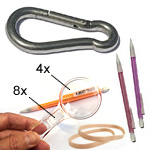

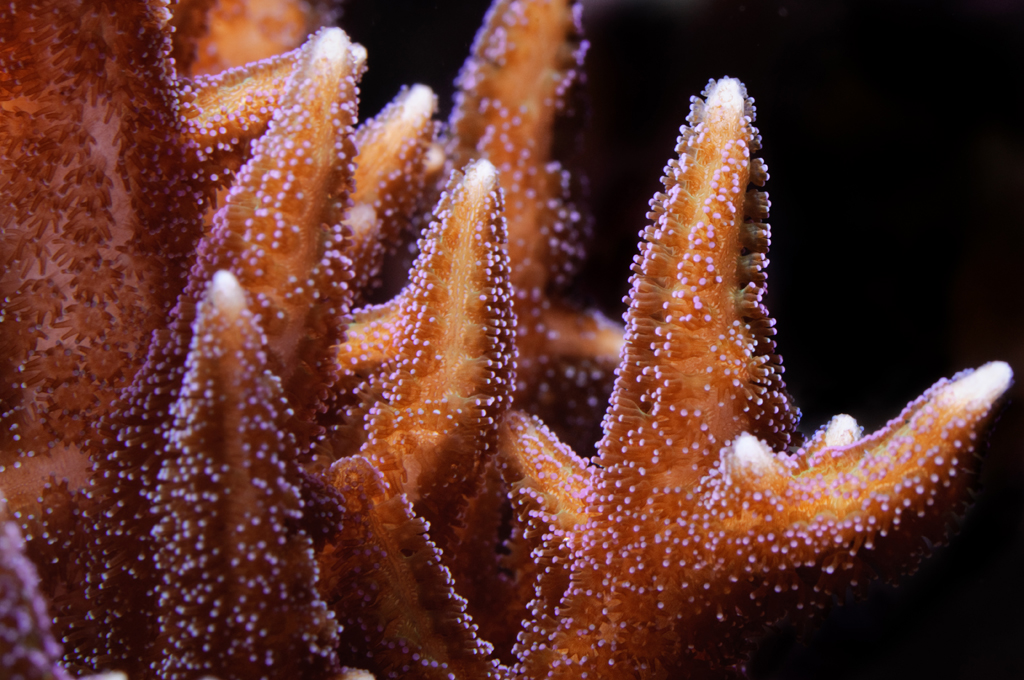
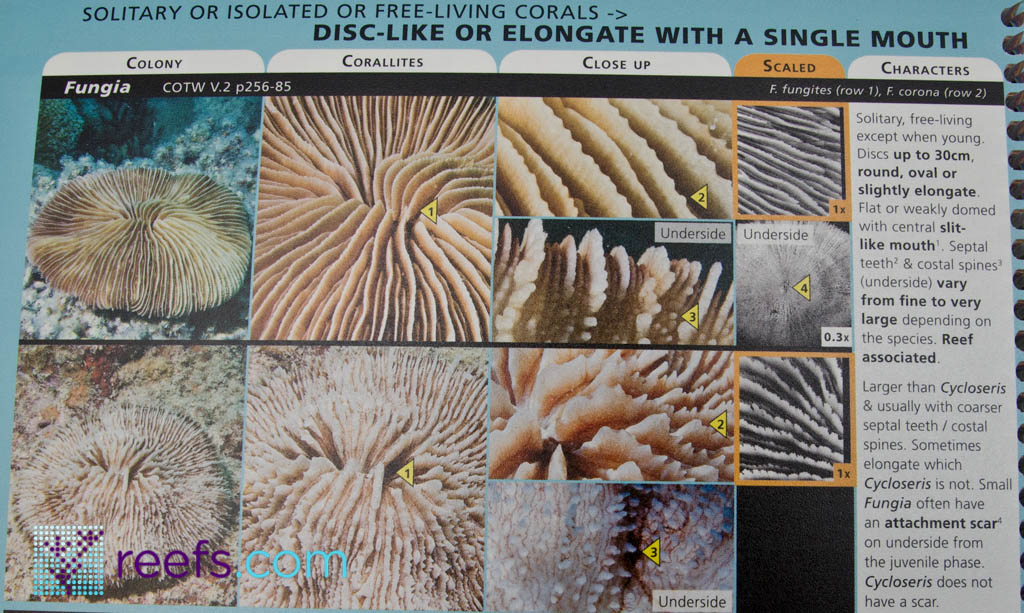


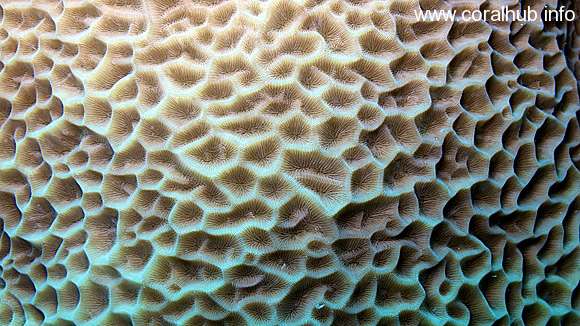
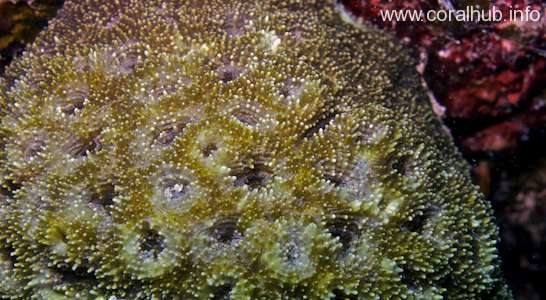
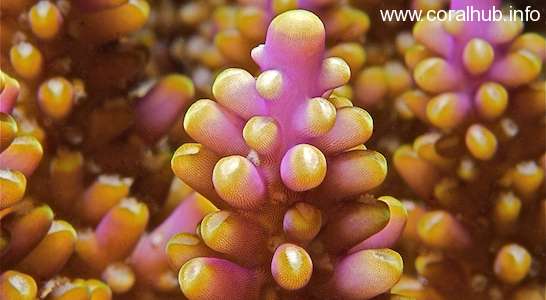
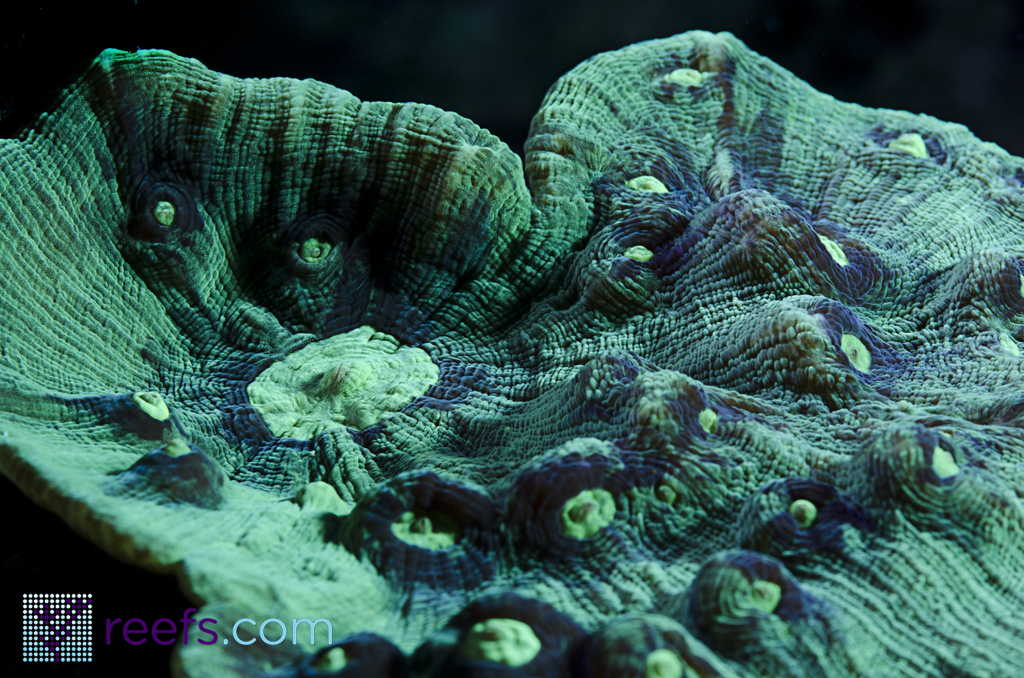









I’ve been extolling the virtues of Kelley’s guide for over a year now. Another great feature? It cross-references with Veron’s Corals of the World by page number.
Kelley is also teaching these techniques to locals around the indo-pacific, so that collectors know what they’re collecting.